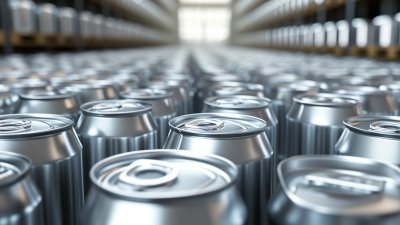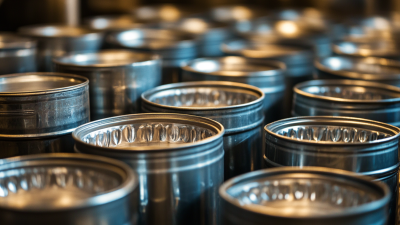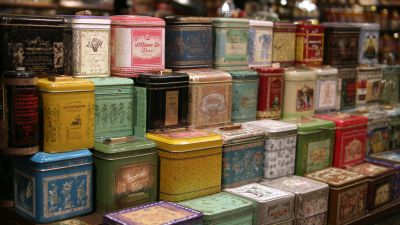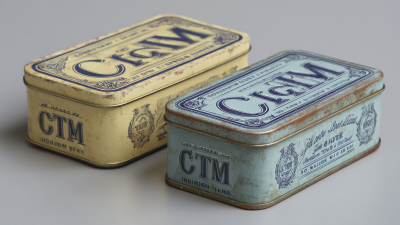 +817089618688
+817089618688
Free Standard Samples can be provided for you to check the quality.
 Choosing the right metal tin is crucial for optimizing product performance and ensuring compliance with industry standards. According to the latest market research report by Smithers Pira, the global metal packaging market is expected to reach $200 billion by 2025, with metal tins playing a significant role due to their durability and recyclability. Metal tins are commonly utilized in industries ranging from food and beverage to cosmetics and pharmaceuticals, necessitating a deep understanding of their material properties, including corrosion resistance, weight, and barrier performance. Additionally, adherence to regulations such as ISO 9001 for quality management systems and FDA guidelines for food safety is imperative for manufacturers. As industries evolve, understanding how to select the appropriate metal tin based on specific applications and standards will be key for businesses striving to maintain competitiveness and sustainability in their operations.
Choosing the right metal tin is crucial for optimizing product performance and ensuring compliance with industry standards. According to the latest market research report by Smithers Pira, the global metal packaging market is expected to reach $200 billion by 2025, with metal tins playing a significant role due to their durability and recyclability. Metal tins are commonly utilized in industries ranging from food and beverage to cosmetics and pharmaceuticals, necessitating a deep understanding of their material properties, including corrosion resistance, weight, and barrier performance. Additionally, adherence to regulations such as ISO 9001 for quality management systems and FDA guidelines for food safety is imperative for manufacturers. As industries evolve, understanding how to select the appropriate metal tin based on specific applications and standards will be key for businesses striving to maintain competitiveness and sustainability in their operations.
When selecting the right metal tin for specific applications, one of the most crucial factors to consider is corrosion resistance. Different materials exhibit varying levels of resistance to environmental factors like moisture, chemicals, and temperature changes. According to the 2022 Corrosion Standards Report by the Materials Research Society, stainless steel and aluminum are often preferred for applications involving exposure to harsh conditions due to their superior corrosion resistance ratings. These metals can withstand a wide range of chemicals, making them ideal for storing substances that would otherwise degrade lower-quality materials.
Tips for selection: Always assess the environmental conditions your metal tin will face. For instance, if the tin will be used outdoors or in a humid environment, options like 316 stainless steel, which has a molybdenum addition that enhances resistance to chlorides, might be essential. Additionally, consider the purpose of the tin; food-grade metal tins must meet specific standards outlined by organizations like the FDA to ensure safety and suitability.
Further, the longevity of the metal tin is influenced by its application. The American Coatings Association emphasizes selecting coatings for metal tins that can provide an additional layer of protection against corrosion. For example, epoxy coatings can enhance the life of metal tins in industrial applications by resisting corrosion and chemical attack, ensuring that the contents remain uncontaminated and the tin maintains its structural integrity.
When selecting metal tins for food packaging, understanding the impact of metal composition on food safety standards is crucial. Various metals, such as aluminum and tinplate, possess distinct properties that can affect the integrity and safety of stored food products. For instance, aluminum is lightweight and resistant to corrosion, making it a popular choice for beverage cans. However, it can react with acidic foods, potentially altering the taste and safety of the contents. Therefore, manufacturers often apply protective coatings to mitigate these effects, ensuring that food safety standards are met.
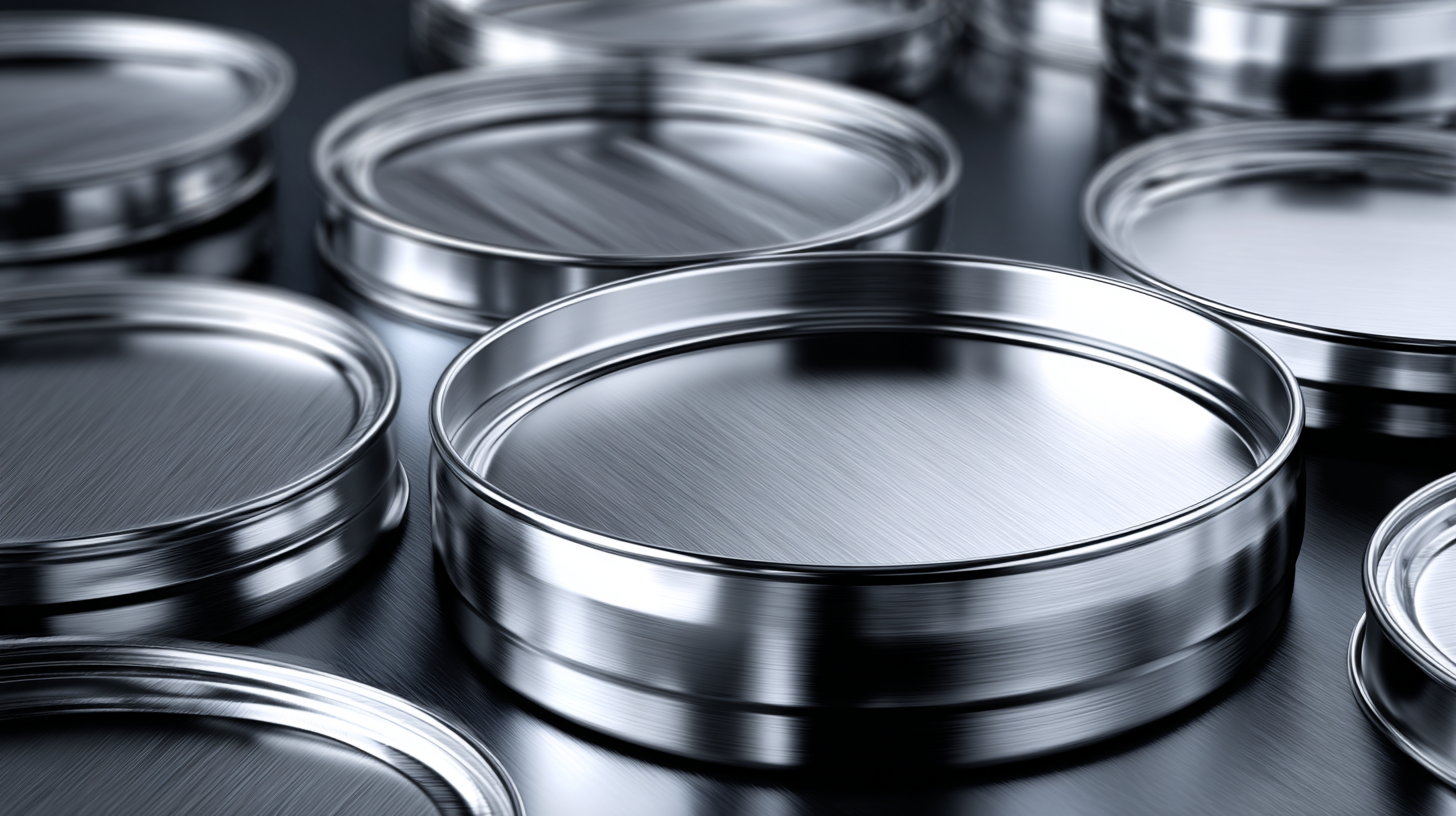
Furthermore, the regulations governing food contact materials are stringent, requiring a thorough understanding of material composition. The choice of metals used in food tins must comply with safety regulations established by organizations such as the FDA or EFSA, which evaluate factors like leachability, migration of substances, and overall safety profiles. By selecting materials that are specifically designed for food contact, companies can not only safeguard consumer health but also enhance product longevity and quality. Thus, a well-informed selection process based on metal properties and compliance with industry standards is essential for effective food packaging solutions.
When selecting metal tins for diverse applications, understanding thermal conductivity is crucial. Metal tins are commonly made from various materials such as aluminum, tinplate, and stainless steel, each exhibiting different thermal properties. For instance, aluminum boasts a thermal conductivity of approximately 205 W/m·K, making it an excellent choice for applications requiring rapid heat dissipation. In contrast, stainless steel has a lower thermal conductivity of around 16 W/m·K, which may be better suited for insulating contents or maintaining temperature stability during storage.
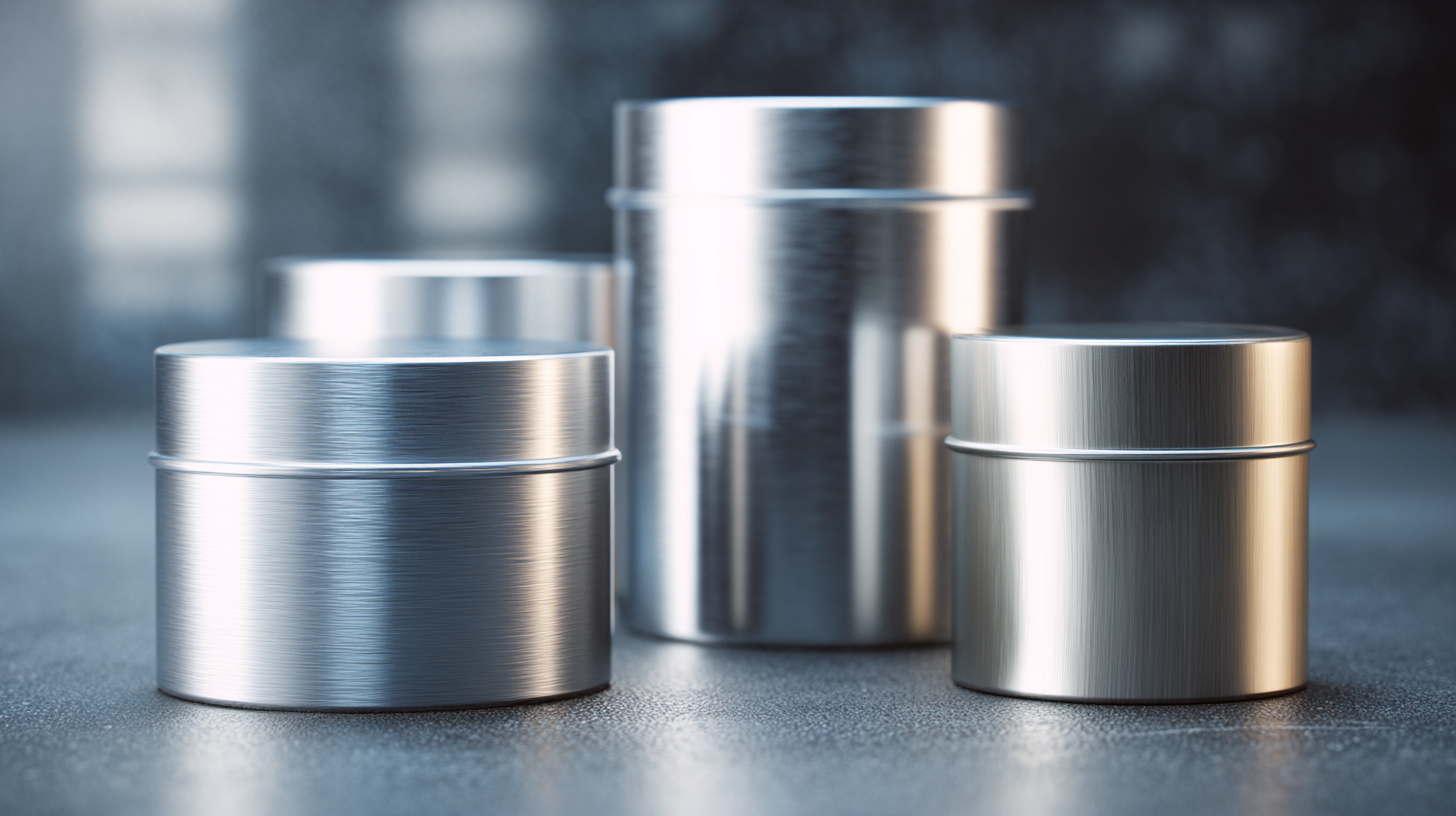
Industry standards emphasize the importance of thermal management in product design when using metal tins. For example, in food packaging, maintaining the correct temperature during transportation is vital to preserve product quality. Research indicates that utilizing tins with higher thermal conductivity can significantly enhance heat transfer, minimizing temperature fluctuations and extending shelf life. Additionally, studies from the Packaging Technology and Science journal highlight that optimal thermal properties can lead to improved energy efficiency in production and transportation processes, ultimately benefiting both manufacturers and consumers. Therefore, evaluating thermal conductivity alongside other material properties is essential for selecting the right metal tin for specific uses.
When selecting metal tins for packaging, understanding industry standards for tinplate thickness and is crucial. Tinplate is a thin steel sheet coated with tin, which provides corrosion resistance and a workable surface. The thickness of the tinplate is measured in micrometers, and standard thicknesses typically range from 0.19 mm to 0.38 mm. Thicker materials are generally more durable and can better withstand the rigors of transportation and storage. Choosing the right thickness also ensures the tin will maintain its shape while protecting the contents from external elements.
Moreover, durability goes beyond just thickness; it encompasses the overall structural integrity of the tin. Proper adherence to industry standards involves evaluating the tinplate's yield strength and resistance to impact. For products that require additional protection, such as food items or sensitive electronics, opting for higher-grade materials that meet specific durability standards—like ISO certifications—can enhance the tin's performance. This ensures that the packaging can endure environmental stressors while maintaining an airtight seal, thus prolonging the shelf life of its contents.
When selecting a metal tin for manufacturing, cost-effectiveness is a critical factor that can significantly impact overall production budgets. Different metal materials, such as aluminum, tinplate, and tin-free steel, offer varying advantages and disadvantages in terms of cost and performance. Aluminum, while lightweight and resistant to corrosion, tends to be more expensive than its counterparts. On the other hand, tinplate, which involves coating steel with a layer of tin, provides an economical solution with excellent barrier properties, making it ideal for food packaging.
Furthermore, evaluating the long-term sustainability of the chosen metal tin is essential. While initially more affordable materials might seem attractive, they can lead to higher costs over time due to factors such as durability, reusability, and recycling potential. Tin-free steel, for instance, offers a balance between cost and environmental impact, as it is fully recyclable and can bear weight effectively, making it a preferred choice in industries focused on sustainability. Careful consideration of these factors will enable manufacturers to make informed decisions that align with their operational needs while maintaining efficiency and reducing costs.
